Getting started with fishing for food: Part 1 – Gear

Ever fancied fishing for your supper but don’t know where to begin? In Part 1 of her new fishing for food series, Jessie Watson Brown tackles the gear you’ll need to get started, with the help of Charlie Loram.
By the banks of the estuary of the River Dart in Devon, I catch Charlie Loram of The Old Way year-long course and he shares some great tips about getting started with fishing. Let’s start with all that gear…
How might I get started with fishing, for example, here in the estuary? It all looks so complicated!
Fishing is simple to get your head around – it may look complex but it’s actually not that difficult. I recommend, straight off, the book Sea Fishing by Nick Fisher. I’ve read hundreds of fishing books but he simplifies it down to what you might want to eat, and what is easy to catch. There’s no point going after really difficult things to catch that are not nice to eat!
An awful lot of fishermen are going after specific fish just for the sake of fishing for them – not to eat. This is recreational fishing. You will hear all sorts of things from fishermen, like “Ooh, you can’t eat that!” or “That’s a bait fish!”. It’s not true. They just aren’t interested in them; it may be too complicated to cook or have too many bones. They are completely edible!
If you want to get into fishing, go to the sea with your rod and set yourself up near another fisherman who seems to know what they are doing! Hang out nearby, maybe smile at them. After a few hours of you not catching anything and them catching loads you could head over and ask for a bit of advice – most fishermen will be up for giving you a few top tips.
It’s so important to understand the water. Learn to read the 3D landscape that exists under the surface of the water, what happens when the tide comes in and out, and what the fish will be doing in different areas at different times.
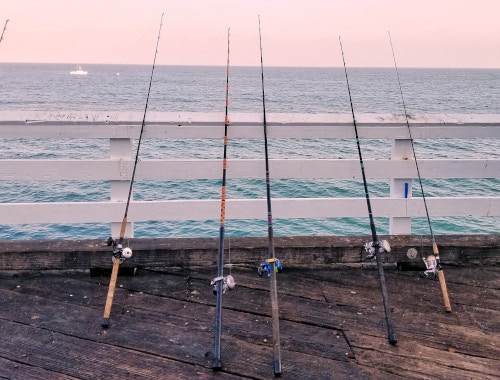
Which time of the tide is a good time to fish?
Here in the estuary, when the tide is coming in – fish with the rising tide. The fish we are looking to catch feed on the worms and crustaceans which emerge out of the sand as they become covered in water by the incoming tide. They will feel safer, and feed on the nutrients brought in by the incoming tide.
What kind of fish might you catch in this estuary?
Flounder and dab are what we are looking to catch. There are also seabass, salmon and trout, but these are restricted so we can’t catch them.
What do I need to start fishing? There seems to be so much gear involved.
This is the ‘tackle – the stuff that catches the fish. It looks complicated and puts some people off, but it can be really simple. Here is what you will need:
- The rod – there are so many different types. You could go to a carboot sale and find a small cheap one there – it would do the job for estuaries and maybe for fishing off rocks. For more of an all rounder rod, go to a fishing shop and ask for an 8-9ft spinning rod, or a 10ft carp rod. Those really long rods you see fishermen with on the beach are really hard to use – they are for hurling the weights all the way deep out to sea.
- Reel – a fixed spool reel is what you want. You can get a cheap one new, or, if you can, find a good one from the 60s or 70s second hand as they last a lot longer.
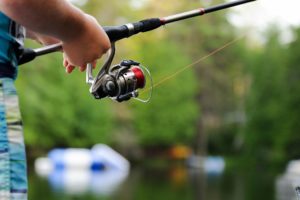
- Line – you want monofilament line and it may come with your reel anyway. They come in breaking strains – 12-15lb is good for this sort of fishing.
- Hooks – they come in a whole range of different sizes, from really tiny to huge, as if for a shark! Buy size 1 or 2 hooks to begin your fishing, although you might need really tiny hooks in the estuary if you are going for mullet; they are intelligent and wary – so you need to disguise it well!
- Floats and weights – these are needed if you are float fishing and you can find them in any seaside shop. You can usually buy a ‘float kit’ which comes with a float, a hook and a lead in a pack. You would need to use a float for fish that are higher up in the water and a weight for fish lower down. Have a few torpedo weights – 1oz or 2 oz.
- Swivels and clip-swivels – useful to attach the line to.
- Then bait, or feathers and lures. These all attract the fish to the hook – you need different ones for different fish.
How much would I have to spend to get a kit to fish with?
£30 – £50 should get you started. Some reels can be about £5 and a rod £20 – it really doesn’t have to be expensive kit.
What if I wanted to make some fishing tackle myself from natural materials?
Well, simply put, you won’t catch any fish! The fisher-peoples of the past who used these were phenomenally skilled and the seas and rivers were absolutely packed full of fish. The stories of walking across the river on the backs of salmon, they were true – and it just isn’t the case any longer sadly.
Here’s a story – I was on a survival quest where we had to make shelter and fire and catch all our food. I knew there would be a lake stocked with trout (which are generally easy to catch) near where we were going, so I’d made all the fishing kit. I spent days fishing; I’d stalk quietly up to the lake, covered in muddy camouflage, gently drop my hook and bait in, waiting and waiting. I got one bite, no fish. One day I heard loads of noise; a father and son were coming, chatting and walking right up to the side with all their gear. The dad was showing the kid how to cast, and on his first cast it went straight into a trout and he pulled it out. Next cast caught a trout as well, and he had never fished before! So that’s the difference: a skilled fisherman – me – with primitive gear versus a complete novice with modern gear.

So I’ve got all the gear. How do I set all this up?
So you would have your rod, with a reel – the line goes off the reel and up through the rod rings all the way to the top, then attaches to your ‘rig’. This is the set-up of hooks, weights and floats and all sorts of other things. It needn’t be complicated. It has become really over-complicated and people have become really specific. You may get overwhelmed by all the gear if you read something online or watch a video – but it can be this simple!
This set-up is a ‘running ledger’ for fishing for dabs and flounder here in the estuary. A weight is threaded through the line, running free. At the end of the line is a swivel, with some more line down to the hook. So this is called a running ledger rig – the weight is running free so the fish doesn’t feel resistance when it takes the bait, so it’s more likely to swallow the hook. So this will fish on the bottom of the river.
There’s one knot you need to learn – and it’s not complicated. A half blood knot to attach your hook to the string.
Do I need to take anything else with me?
Other important things to have with you are some scissors for cutting line. Also something to despatch a fish with, like a ‘priest’, which is a piece of wood with some lead in it so it is heavy to hit the fish on the head, and a knife, too. You could go anywhere along the estuary or coast with this setup and be in with a chance of catching some fish.
Is it legal to fish in the sea?
Yes – at any time of year. And so long as itis not a private beach, anywhere. The estuaries have more rules, so check with your local estuary.
One thing to say is that there is a much easier and simpler form of sea fishing if you have a sea kayak or boat. The line is just wrapped around a plastic or wooden handle, and to the end of that you can attach any rig – you don’t need a rod or reel, but you do need to get out into the sea. You could even be at the end of a pier, or paddling on a surfboard. The purpose of a rod is to give you the oomph to cast the lure or bait out into the sea from the shore. The rod also helps stop the line from breaking, as it has more flexibility.
What about bait?
Fish need to eat and they like their favourite meal, so you can lure them in best by presenting them with their particularly favoured food. Some of that is to do with what they are used to eating. So in the estuary here, it’s worms and shellfish. The flatfish we are fishing for here like a cocktail… a bit of worm, some mussel and so on.
Fishermen really geek out on this and have their best cocktails! But it is also down to reading the water that will really catch fish – not solely what you have on the end of the line. A fish shop will have live bait and frozen bait. Or you can dig up your own worms!
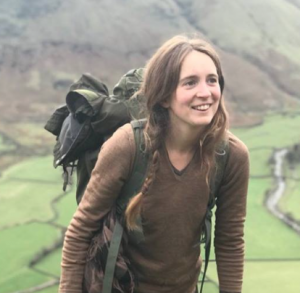 About the author
About the author
Jessie Watson Brown is a tanner and basket weaver, making and crafting using natural materials. Jessie is based on Dartmoor, and along with Jane Robertson, offers courses and camps in tanning at Oak and Smoke Tannery. She looks after the Nature section of our website.
The views expressed in our blog are those of the author and not necessarily lowimpact.org's




 Is it ethical to eat meat?
Is it ethical to eat meat?
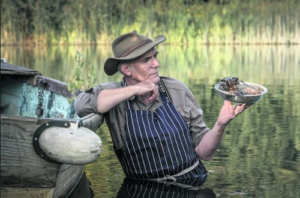 The crayfish food revolution: one man’s solution to an invasive species problem
The crayfish food revolution: one man’s solution to an invasive species problem
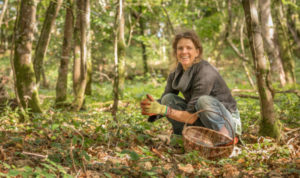 The surprising benefits of harvesting wild foods – more than you’d expect!
The surprising benefits of harvesting wild foods – more than you’d expect!
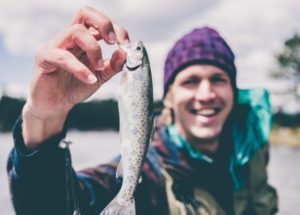 Getting started with fishing for food: Part 2 – When and where?
Getting started with fishing for food: Part 2 – When and where?
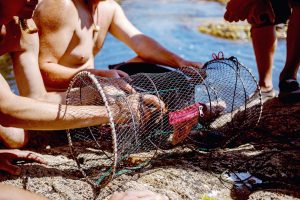 Getting started with fishing for food: Part 3 – Lobster pots
Getting started with fishing for food: Part 3 – Lobster pots
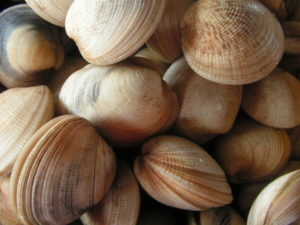 Coastal foraging
Coastal foraging
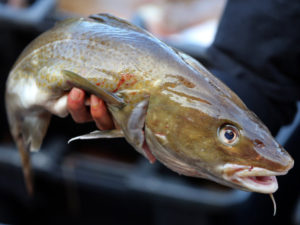 Fishing
Fishing
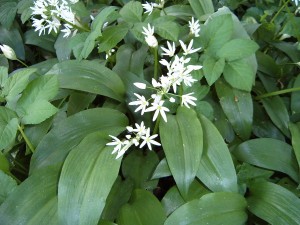 Wild food
Wild food


